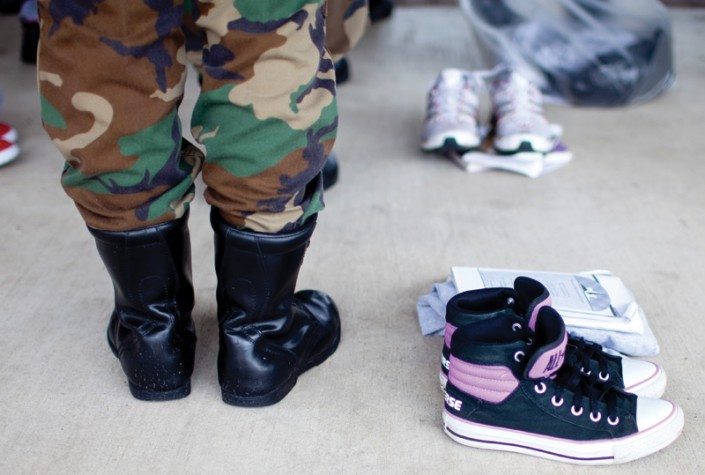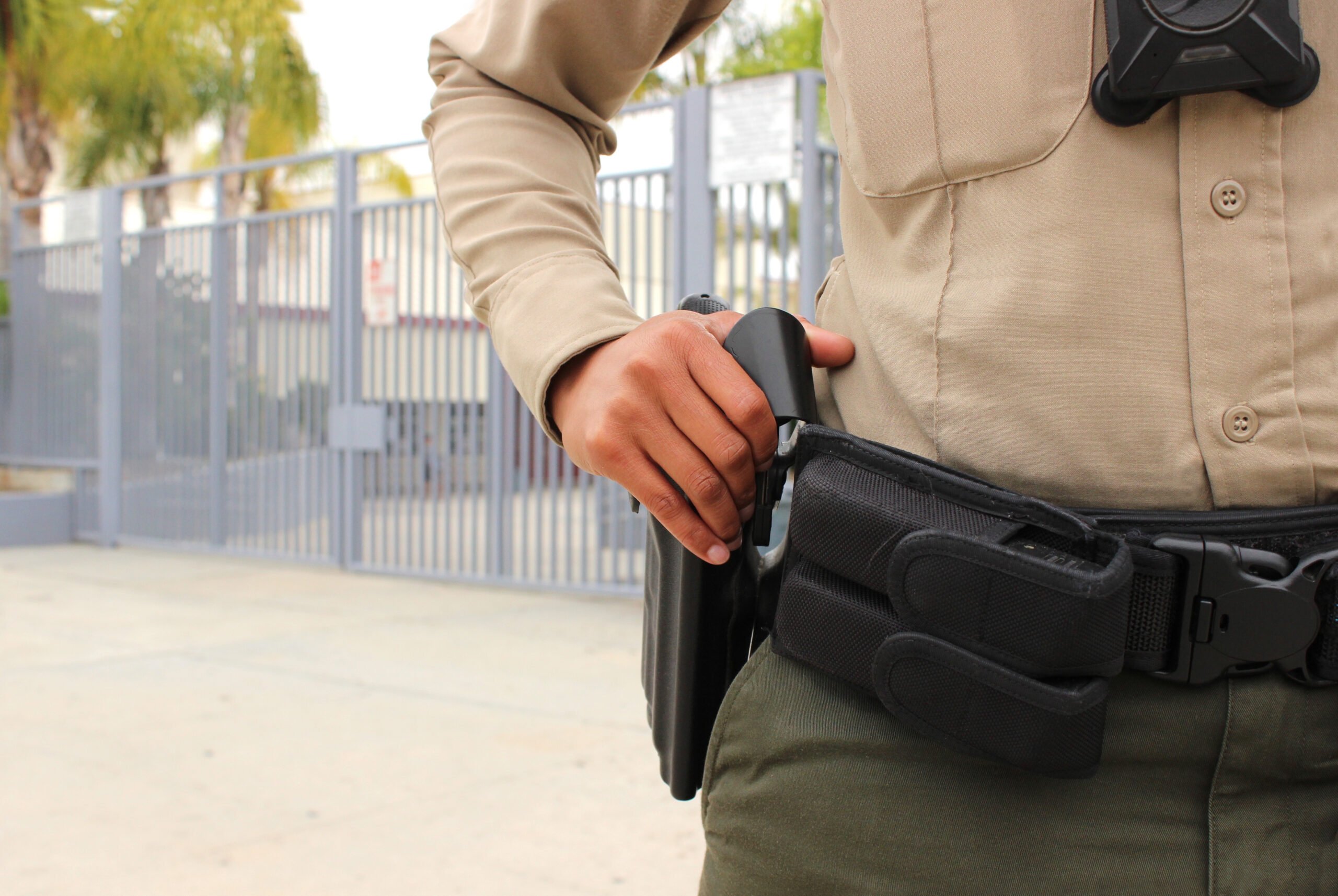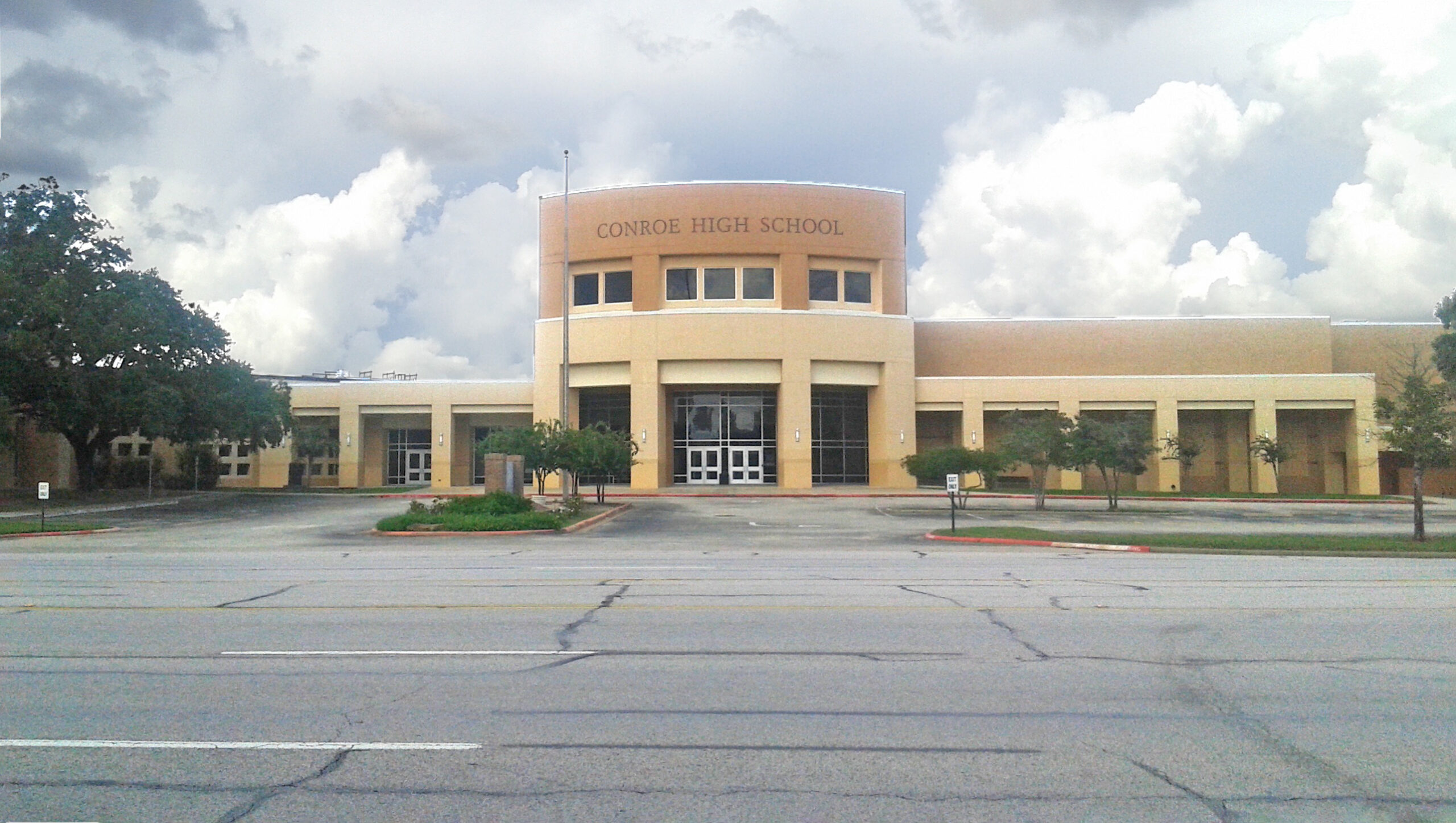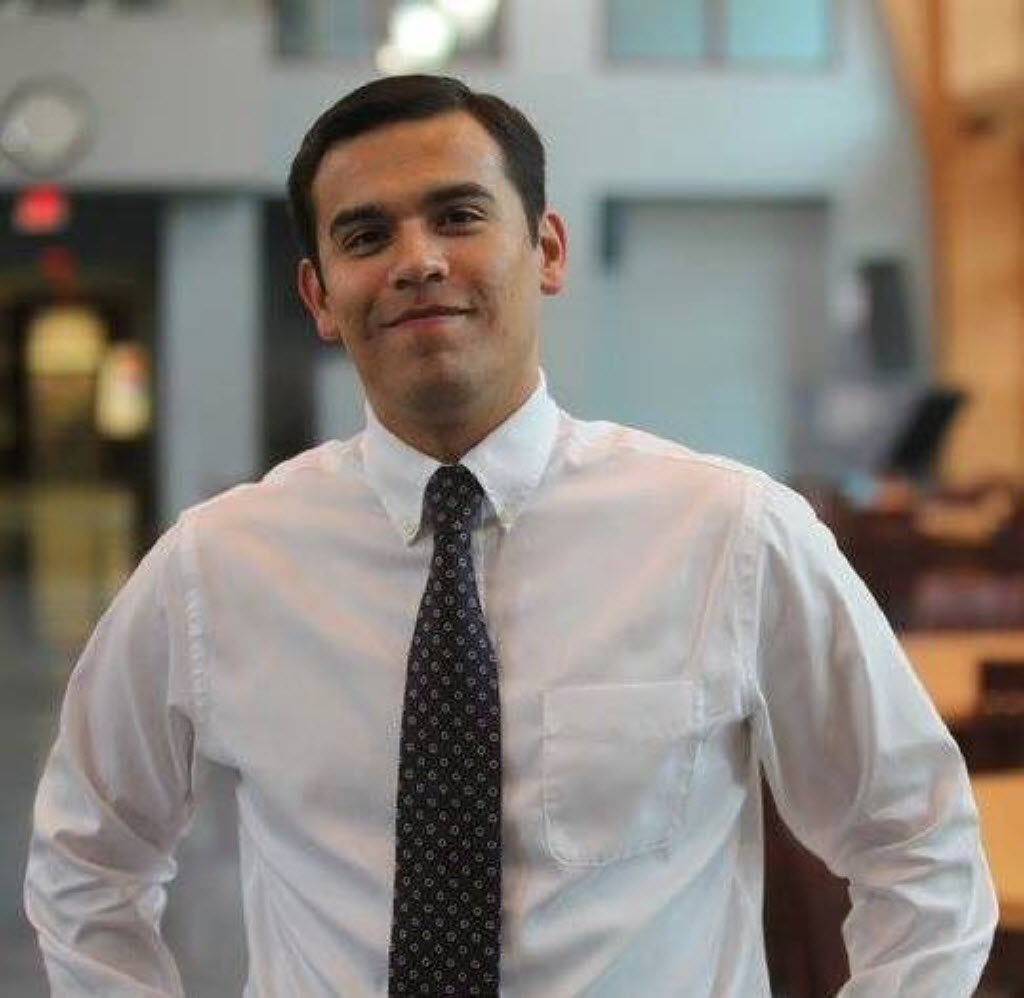
Boot Camp Schools Across Texas

Above: A drill instructor at the Brownsville Academic Center.
Back in June, the Observer featured Brownsville ISD’s boot camp school, exploring the question of whether—to steal a line from the cover of the magazine—”military-style discipline helps or harms.”
The Brownsville Academic Center, a gleaming new $8 million campus built for up to 200 students, is Texas’ largest boot-camp style disciplinary school—but as I wrote in that story, it isn’t the only one. Juvenile boot camps, popular in the ’80s and ’90s heyday of zero-tolerance discipline, have generally fallen out of fashion after a string of allegations of abuse and intimidation by drill instructors.
These school district-run programs promise a kinder, gentler approach drawing on the military as an inspiration for the structure and self-esteem the schools hope to hard-wire into students. Still, it’s an extreme model for a public school—especially when it’s the only disciplinary program the district provides.
Here, then, is a rundown of the other districts around Texas with boot camp-style disciplinary schools. Any quotes are from district spokespeople or principals. This isn’t a scientific list—it’s based on my own research and interviews with school officials, so join in the comments with any others you know and I’ll add them here.
Judson ISD (San Antonio)
Judson Secondary Alternative School
Students: 15
Grade range: 6-12
The district has other disciplinary options, but students are referred here for “significant and or chronic disruption to the safety and education of the student or fellow students.” It includes military uniforms, drill instructors, physical training and a zero-tolerance discipline policy.
Southwest ISD (San Antonio)
Southwest ISD Boot Camp
Students: 25-28
Grade range: 6-12
One of two disciplinary programs run by the district, students are referred here for “infractions of the student code of conduct.” It was created as a “transition back to the traditional secondary campuses.”
Sherman ISD
Sherman ISD Boot Camp
(Sherman ISD officials did not reply to questions)
Lamar CISD (Southwest Houston suburbs)
Fort Bend County Alternative School
Students: 14-23
Grade range: 4-12
LCISD has its own alternative learning center, but operates this school under contract for the Fort Bend County Juvenile Probation Department, not its own students.
Floresville ISD
Wilson County Boot Camp School
Students: up to 25
Grade range: 7-11
A partnership with the Karnes/Wilson County Juvenile Probation Department, it’s a juvenile justice alternative education program (or JJAEP) for mandatory expulsions, or for students referred by a judge. Floresville ISD runs a separate (non-boot camp) disciplinary program as well.
Pharr-San Juan-Alamo ISD
Buell Central High School
Includes military dress, physical training and drill instructors. Students are referred for violating the student code of conduct.
Harlingen CISD
Secondary Alternative Center
Students: 93
Grade range: 6-12
HCISD’s only disciplinary program, the “S.A.C. uses military drill, counseling, and strategies in order to achieve student success.”
You’ll notice none of these districts are among the wealthiest in the state. As I wrote in June:
Misbehaving kids from Austin, Houston and Highland Park don’t wear battle-dress uniforms to school or have a drill sergeant follow them into the bathroom for “head breaks.” Most of BAC’s students come from schools in the poorest parts of town, where the military and Border Patrol recruit heavily.
That last line was based on remarks I heard repeatedly during interviews, that students from Brownsville’s poorest schools were disproportionately represented at the boot camp.
Adding up five years of referrals to BAC show that’s pretty much the case. In the map below, each dot represents a Brownsville ISD school—blue for high schools, green for middle—and the size of the dot represents how many students were referred to BAC. Click on a dot, or hover over the school’s name on the table, for more detail.


